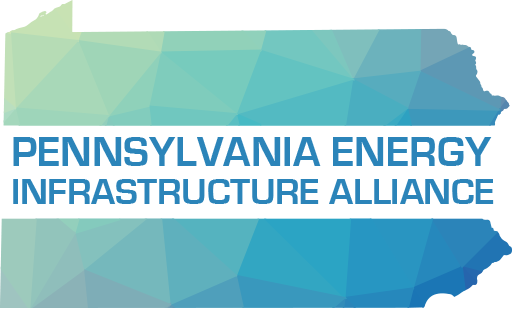Diverse sources of energy generation have historically drawn attention to ranging issue areas around production and gathering methods of oil and gas. Throughout this variegated landscape, a general confusion over the technical differences in pipeline infrastructure and linked function has obscured popular understanding of how specific pipelines are regulated and what that could mean for their town, their state, and their region at-large.
Natural gas pipelines are either “transmission pipelines, distribution pipelines, gathering pipelines or production pipelines.” Transmission pipelines are the larger lines, generally measuring “6-48 inches in diameter” that transport gas long distances at high pressures (often 200-1500 psi). Distribution pipelines are the network of mains and service lines that move natural gas at relatively low pressures to individual homes and businesses. Gathering pipelines move gas from the original “point of production (well pad) to another facility for further refinement or to transmission pipelines.” Production lines are the pipes and equipment located near the wellhead which are used to prepare and produce the gas for transportation.
The Pipeline and Hazardous Materials Safety Administration (PHMSA) regulates over 2.5 million miles of the pipeline network in the U.S. – which includes transmission and distribution lines, and “natural gas, gathering pipelines and hazardous liquids gathering pipelines.” According to the American Petroleum Institute (API), “scaled construction standards apply to the lines depending on their locations, operating pressures and proximity to people. In general, the more people around the line and the higher the pressure, the more they are regulated.”
